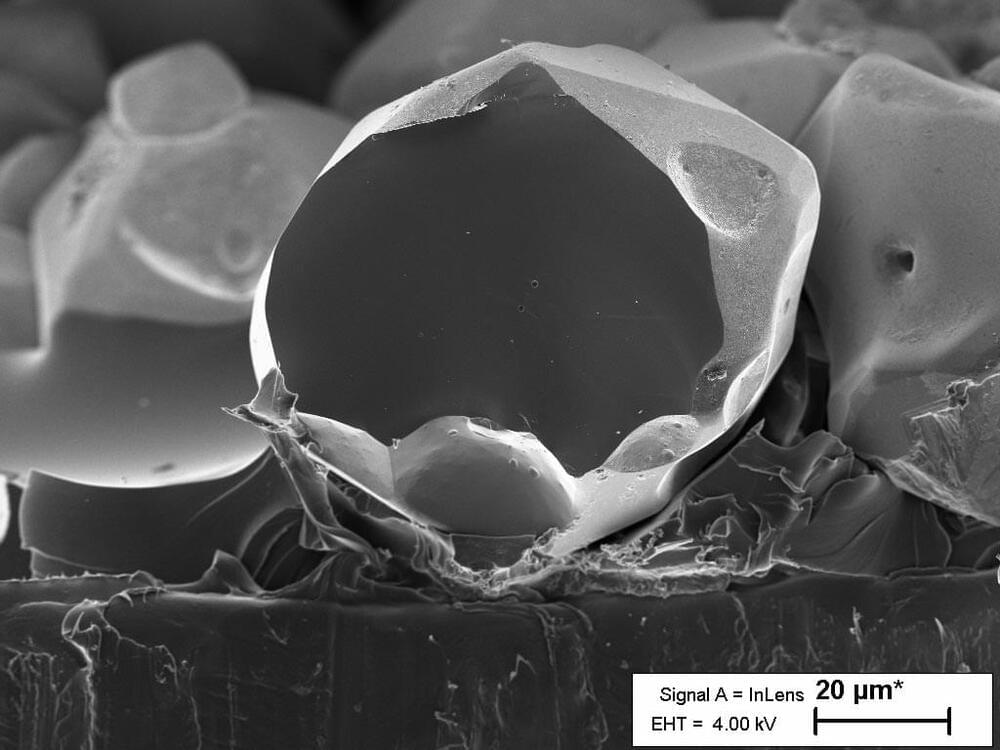Scientific ingenuity means cameras keep on getting smaller and smaller, and the latest to appear is not only incredibly tiny – the same size as a grain of salt – it’s also able to produce images of much better quality than a lot of other ultra-compact cameras.
Using a technology known as a metasurface, which is covered with 1.6 million cylindrical posts, the camera is able to capture full-color photos that are as good as images snapped by conventional lenses some half a million times bigger than this particular camera.
And the super-small contraption has the potential to be helpful in a whole range of scenarios, from helping miniature soft robots explore the world, to giving experts a better idea of what’s going on deep inside the human body.





